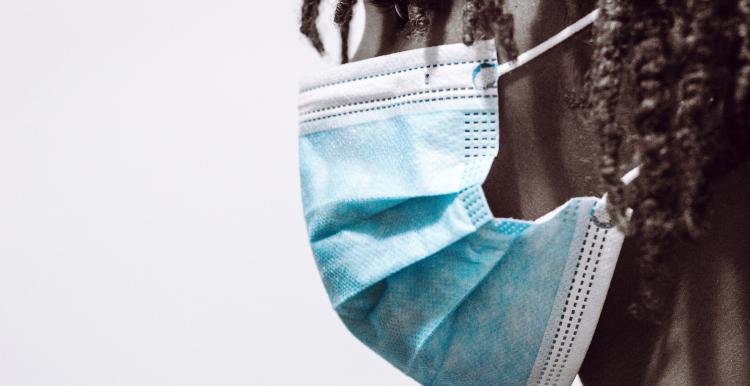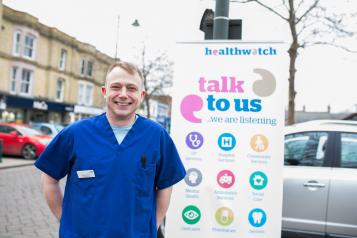Covid and the Vaccines – great news but it’s not all over yet

Crucially though each of the four steps will only occur if there is sufficient evidence that it is safe to do so. The steps are:
- the vaccine deployment programme continues successfully.
- evidence shows vaccines are sufficiently effective in reducing hospitalisations and deaths in those vaccinated.
- infection rates do not risk a surge in hospitalisations which would put unsustainable pressure on the NHS.
- assessment of the risks is not fundamentally changed by new Variants of Concern.
There is a minimum of five weeks between each step - four weeks to collect and analyse the scientific data on what effect loosening of restrictions have had on each of the evidence points shown above. This will be followed by one week’s advance notice if the next set of restrictions will be eased.
Covid infections whilst still quite high are falling, and the number of patients being admitted to hospital as well as deaths due to covid are all declining too. This has allowed the government to begin to ease covid restrictions.
This is all great news – but how did we get here?
- This is due to us staying at home; getting tested when needed; isolating when required, and following the ‘hands, face, space’ and ‘letting fresh air in’ guidance.
- The success of the UK vaccination programme is clearly having a major effect. 90% of Kent's residents who are over 60 have now had at least one dose of the vaccine. Studies show this is reducing hospitalisations and death due to covid and some studies suggest vaccines can reduce the transmission of the covid virus.
We still need though to still be cautious as we progress out of lockdown.
The ‘Kent covid variant’ is now the dominant strain causing covid infections in the UK and it does appear to infect people much more easily than the previous variant. So, we all need to:
- Get our 2nd covid vaccine jab for maximum protection. About 3 weeks or so after we should have the maximum protection from the vaccine. We all need to be aware though that no vaccine protects 100% of people or gives 100% protection.
- Be aware that as we approach summer there will be people who are not vaccinated yet or have not received their second jab. Infections may spread in these groups and could spread more widely.
It is worth just a moment of caution and reflect on the advice of UK's chief medical adviser Prof Chris Whitty on the success of the UK lockdown and the vaccination programme: he warned that the fight against the virus is far from finished …"A lot of people may think this (covid) is all over. It is very easy to forget how quickly things can turn bad," he said.
Going forward though and, as part of the government’s four-step plan to end lockdown in England, it has stated that it proposes to update advice about social distancing between friends and family “as soon as possible”, but this is not expected to happen before 17 May (step 3).
The government also stated it will carry out a review of all current social distancing rules before step 4, which is not expected before 21 June.
So, let us hope for a lovely summer and a great time but we still need to be a bit cautious and even for those of us fully vaccinated (with 2 jabs) that, until we are advised otherwise, we still should practice the ‘hands, face, space’ and ‘letting fresh air in’ guidance.
Do you have questions about the vaccine? We might be able to help
Drop us a line.
If you've had your vaccine, tell us how it went. How did you get your appointment? How did you feel when you got the news? Was the clinic well organised? Did you feel safe?
All these questions, and more, are so important. Your feedback can help organisations to ensure the vaccine programme works for us all.


